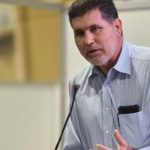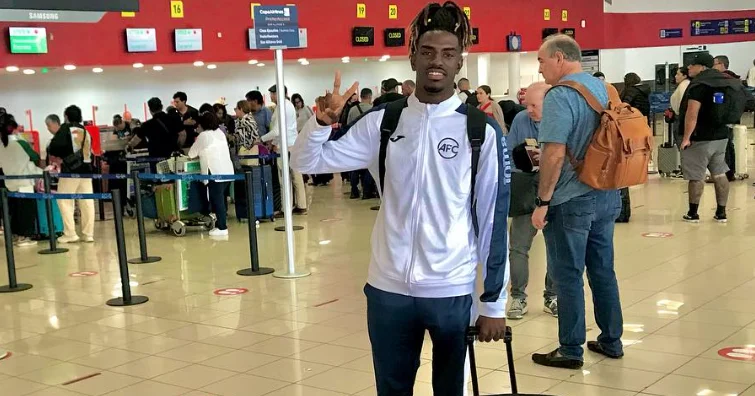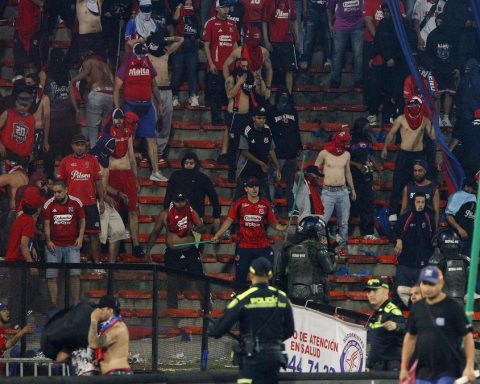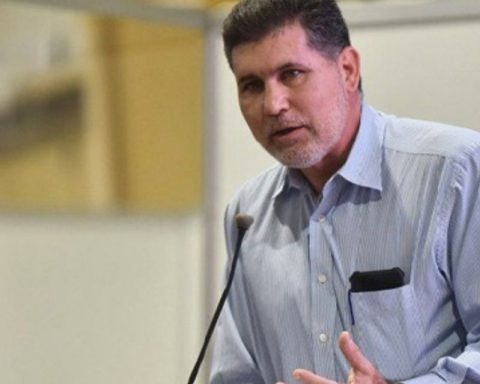Lev M. Velazquez Barriga
AND
In the eastern reaches of the The town known as Jardín de la Montaña is located in the capital of Michoacan, on the free highway that opens the door to the indigenous region of the lake area. Built on the slopes of the mountain range, it is the second to last of a complex of subdivisions built as dormitory cities for the working families of the city, which together number around 40 thousand inhabitants.
The displacement or invasion of communities due to the enormous growth of the city, the overconcentration of internal migration in the capital, which arrives to escape violence in search of work or better study opportunities, the classist and racial gentrification of the old city of Valladolid (today Morelia), whose declaration as a cultural heritage of humanity made housing extremely expensive, are some of the fundamental factors that allow the real estate business to improvise marginal urban overcrowding under the protection of corruption.
It seems that, in these territorial margins, the governments approved constructions made of prefabricated buildings in droves and not human settlements, whose inhabitants had to be guaranteed the most basic cultural and educational rights. However, in 2014, on the initiative of the democratic teachers, the indigenous preschool and primary school were created, almost at the same time as the subdivision.
A couple of years later, as part of the same project that aimed to force the State to guarantee the human right to education for the families of Jardín de la Montaña, a group of teachers, without any remuneration, began to teach classes in the afternoons, after finishing their work day at their respective schools of origin. On a vacant lot, the same one that the real estate company used as a parking lot for construction machinery, just under some roofs for the protection of tools, the Ricardo Flores Magón secondary school was born.
Newly created in 2016, this telesecundaria, like 100 thousand other rural, indigenous and multigrade schools, was besieged by the federal program La Escuela al Centro, presented by the former Secretary of Public Education Aurelio Nuño, with the purpose of re-concentrating the student population and reducing the number of educational centers in the country by half. According to neoliberal technocracy, coverage would no longer be the priority of the Peña Nieto government, but rather quality. The new organizational structure would have a director, academic vice-director and another for management; group teachers, English, physical education, reading and writing workshop, artistic teaching, information technologies and support for inclusive education; in addition, administrative support, a superintendent and a security guard. Needless to say, the latter never happened.
However, the reasons for the sergeant Nuño continued their course, perhaps one of the most publicized cases was that of the Alberto Correa intercultural primary school, which denied afternoon enrollment to 60 Otomi children from Mexico City because the educational authority’s instructions were to eliminate double shifts, within the framework of school reorganization. This would only be a bad anecdote from undesirable times, if it were not for the fact that now, silently, that project was never suspended, it found its continuity under the discourse of republican austerity, but with the same strategy to dismantle public education.
In Michoacán, educational centers are under threat of being converted to the National Council for Educational Development system if they do not comply with the fiscal rationale of doing more with fewer teachers; merging groups and closing double shifts; overcrowding classrooms with irrational and anti-pedagogical measures; dismissing directors in charge; not replacing teachers who retire, die or change workplaces; canceling budgetary keys to reduce the teaching staff, and not opening more schools, putting savings before constitutional educational rights.
The Flores Magón Telesecundaria is a look at the cold reality that occurs behind officials who talk about emancipatory pedagogies in the New Mexican School, but who neglect to defend the public school materially. Despite having a donated piece of land and more than 20 students per grade, it is denied its own school code, it is pressured to close educational services and to re-concentrate its students in other secondary schools that are not only saturated, but are located outside of its place of origin.
However, due to the foolishness of making a pedagogical path on the barren land and the stones piled up on the mountain, after eight generations of students sitting in a pantheon of seats that have already fulfilled their useful life elsewhere, without electric light, in classrooms made of wood bark and cardboard sheets built with the teachers’ salaries and the help of parents, there is no doubt that, in Jardín de la Montaña, there is an urgent need to have a free, public school with dignity for good learning.















